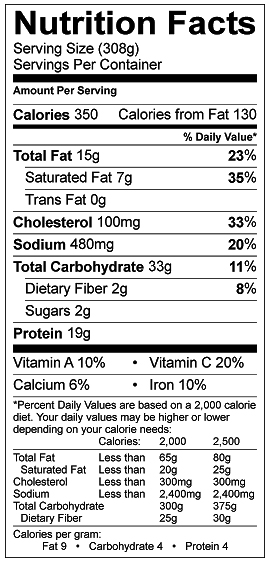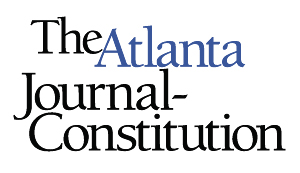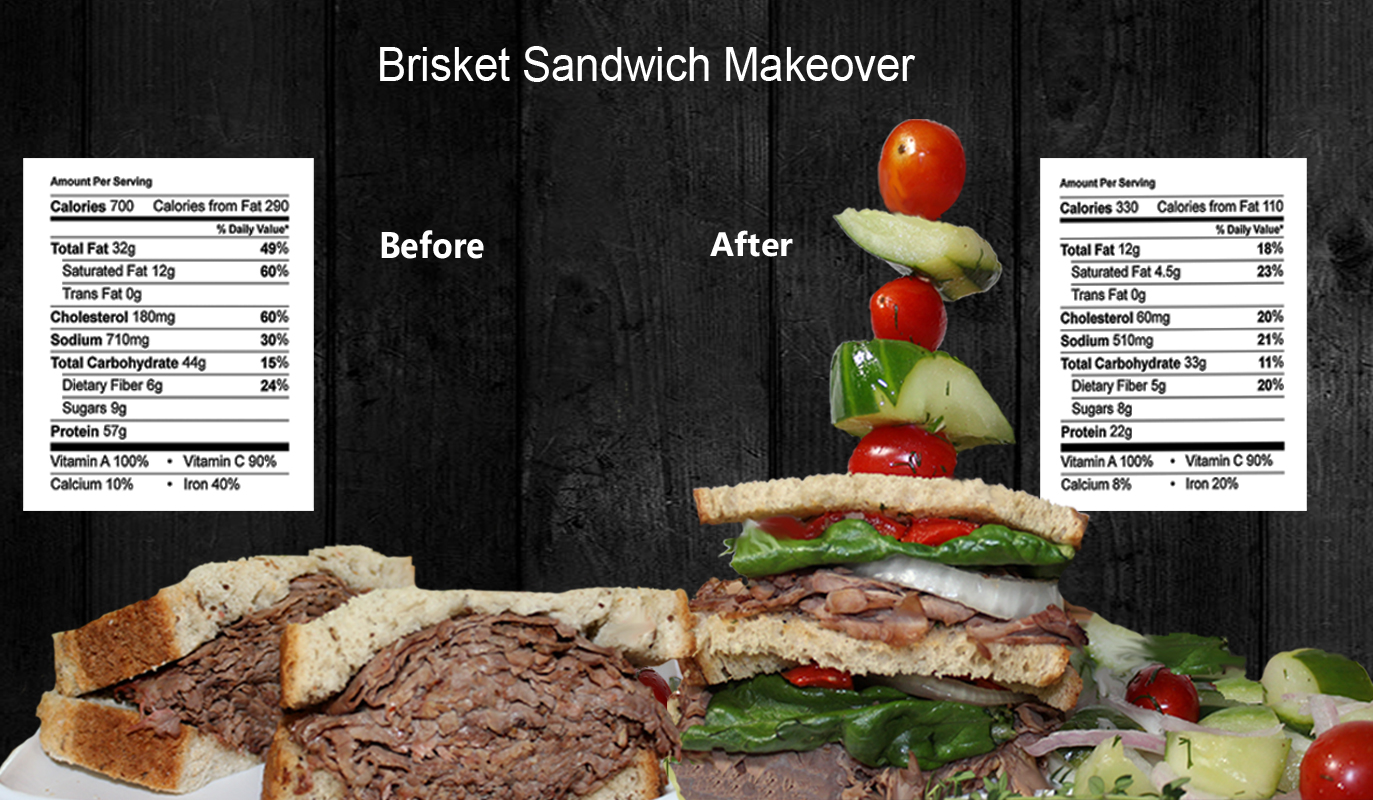| Content
|
|
.jpg) From “As Purchased” to “Edible Portion”: How to Analyze a Recipe using a Nutrient Database From “As Purchased” to “Edible Portion”: How to Analyze a Recipe using a Nutrient Database
Sandra Frank, Ed.D, RDN, LD, FAND
Dr. Frank has over 40 years of experience as a Nutrient Analysis Expert. She has worked with the media, cookbook publishers, recipe bloggers & websites. Dr. Frank wrote “From As Purchased to Edible Portion,” as an essential tool for anyone providing nutrient analysis. Purchasing nutrient analysis software and learning how to use the program is only useful if you have the knowledge to convert “as purchased” ingredients to the “edible portion.” This book describes how to read a recipe and enter the correct ingredients and amounts, in order to provide an accurate nutrient analysis. To purchase the book, click the cover.
|
|
 Nutritional Analysis is part of our everyday life. We have grown accustomed to nutrition information being readily available. Nutritional Analysis is part of our everyday life. We have grown accustomed to nutrition information being readily available.
There are millions of people who depend on nutrition information to meet their dietary needs. Some of the diets include: low calorie, carbohydrate controlled, high protein, low protein, low fat, low cholesterol, low sodium, high fiber, gluten free, lactose free, and peanut allergies.
Why use a dietitian for nutrient analysis?
-
Purchasing nutrient analysis software and learning how to use the program is only useful if you have the knowledge to convert “as purchased” ingredients to the “edible portion.”
-
Recipes are usually written based on what the consumer needs to purchase. The individual analyzing the recipe must evaluate the recipe based on the actual food-ready-to-eat (unless the food is meant to be eaten whole.)
-
A nutritional analysis program cannot cook or prepare meals. A person must have skills in Food Science, Culinary Arts, Nutrition, Cooking and Preparation Techniques, Purchasing Guides, Yield Factors, and Nutrient Analysis Software.
-
To own professional nutrition software with yearly maintenance fees can be expensive. In addition, there is the cost of an educated person to run the software.
Consider adding nutritional analysis to your online recipes. Your readers will benefit from the Nutrition information and a Registered Dietitian.
A great service for the Recipe Blogger, Media, Cookbook Publishers, Writers, Chefs, and Recipe Websites. Your readers will enjoy and benefit from the Nutritional Analysis.
|
|
Definitions.
Nutritional Analysis refers to the laboratory evaluation of the nutritional content of a food. The most accurate method and costly. Required to produce a Nutrition Facts label.
Nutritional Calculation is the analysis of food or recipe using software or reference books. Resources should include the USDA database and other reliable materials. For the purpose of this site, nutrition analysis will be used to refer to nutrition calculations or nutrition analysis by a database.
As Purchased (AP). The weight of food obtained from the market and prior to preparation.
Edible Portion (EP). The weight of a food after it has been prepared and ready for consumption.
Our Database
Foods.
Over 50,000 foods from all over the world and the USDA Food and Nutrient database are included. The database is updated twice a year and as new foods become available. Over 50 nutrients are defined and the research software analyzes recipes, menus and individual intake. See ESHA
Food Conversions.
An essential tool for nutrient analysis is food conversions and equivalent tables. The tables provide information on AP (as purchased) and EP (edible portion); factors affected by cooking, food preparation, waste, marinating, straining, percentage of bones; the difference between a raw or cooked weight; and comparison of weights versus measures. All of these factors play a role in determining the nutrition information of food or recipe.
Many nutrition analysis software programs do not provide extensive data on food conversions; therefore it must be calculated manually using formulas.
Over the last 25 years, I have collected over 10,000 formulas, many hand-tested. With this information, publications are in a better position to receive accurate database nutrition analysis. Part of this list is included in a book I co-authored called “Menu Solutions” (Publisher: John Wiley and Sons).
|
|
Skills.
Many people believe buying a nutrition analysis program is all that is needed to provide an accurate analysis. This is far from the truth.
Recipes are usually written based on what the consumer needs to purchase. The individual analyzing the recipe must evaluate the recipe based on the actual food ready to eat (unless the food is meant to be eaten whole.)
A nutrient analysis program cannot cook or prepare meals. A person must have skills in Food Science, Culinary Arts, Nutrition, Cooking and Preparation Techniques, Purchasing Guides, Yield Factors, and Nutrient Analysis Software.
Dr. Sandra Frank is an expert in nutritional analysis, food science and working with Publishers, Editors, Writers, and Chefs for over 25 years. She is flexible and deadline oriented.
1985. As part of her doctoral studies, she evaluated nutritional analysis software and their applications and limitations.
1989. The first Registered Dietitian to be hired by a food section of a national newspaper to provide nutritional analysis. By 1994, Dr. Frank was analyzing the recipes of newspapers across the country and a magazine called, Bon Appétit.
1996, John Wiley published, “Menu Solutions”, a unique recipe book, co-authored by Dr. Frank. Menu Solutions is currently used in universities to teach therapeutic cooking.
|
|
Past and Current Associates
 
 
  
 

|
|
Do you have the knowledge and skills
necessary to analyze a recipe?
1. How much does one cup of cheerios weigh in ounces and grams?
2. How many apples should you purchase to yield 2.75 cups, peeled, cored, and chopped?
3. The recipe states to purchase one pound of potatoes. Directions: Bake potatoes and peel. How many ounces will you analyze?
4. How many ounces of lobster would you analyze, if provided with a 1-1/2 pound lobster in a shell?
5. Recipe states to purchase one pound chicken breast with bone and skin. Directions: Broil, remove the skin. How many of ounces of cooked chicken would you analyze?
6. How many cups of cooked kidney beans would one pound dry kidney beans yield?
7. How many cups of all-purpose flour would a two-pound bag of flour yield?
8. Recipe states to purchase one pound lean ground beef and broil. Drain fat. How many ounces of cooked ground beef would you analyze?
9. Recipe states to marinade chicken in the refrigerator overnight. Prior to cooking, the marinade is drained and discarded. What percentage of the marinade should be included in the analysis?
10. You are preparing the analysis of a chicken broth. The directions state to strain and reserve the chicken and vegetables for another time. How would you analyze the recipe?
Click link for answers.
|
|
Cost-effective - Pricing structure
Recipe Nutrition Analysis (This is not a laboratory analysis, please contact a company providing laboratory services.) Nutrition Analysis by the database is an excellent resource for the Media, Publishers, Writers, Chefs, Recipe Websites, and Blogs. With all recipes and menu analysis, the more information you provide the more accurate the nutrition information.
|
Fee Structure for Nutrition Analysis
|
| Number of Recipes |
Fee/Recipe |
| Nutrient Information |
Nutrition Fact Label |
| 1 to 19 |
$ 25.00/recipe |
$ 75.00/recipe |
| >20 recipes |
call for special pricing |
call for special pricing |
|
Retainer services are available
954.294.6300
ask for Sandra Frank, Ed.D, RDN, FAND
|
Click the link to download the necessary form. Please call if you have any questions. All information provided is confidential.
|
.jpg) From “As Purchased” to “Edible Portion”: How to Analyze a Recipe using a Nutrient Database
From “As Purchased” to “Edible Portion”: How to Analyze a Recipe using a Nutrient Database










